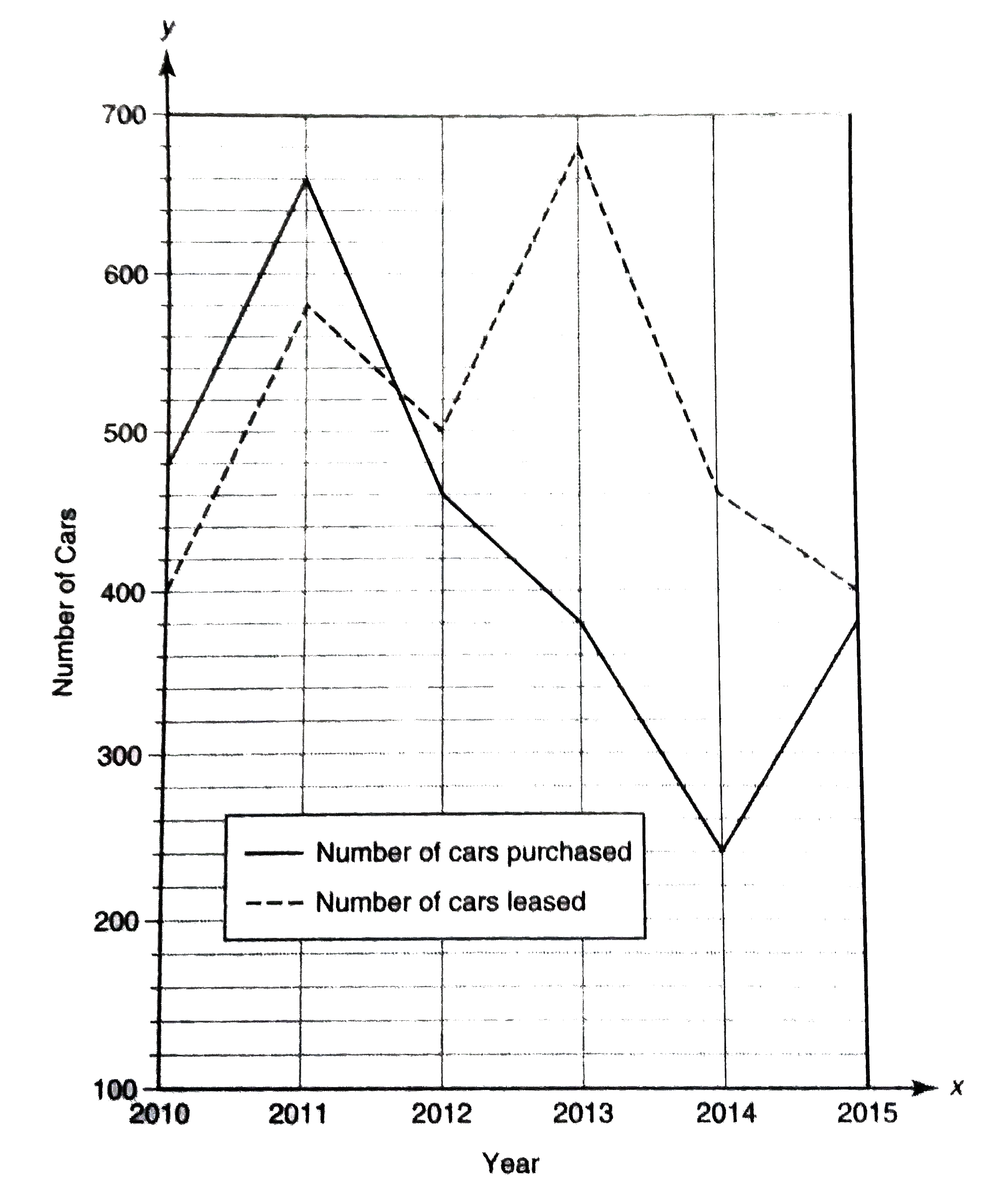In meromictic lakes, the number of turnovers of water per year is
1
2
Many
Zero
The correct Answer is:D
Step-by-Step Solution:
1. Understanding Meromictic Lakes:
- Meromictic lakes are a type of lake where the water layers do not mix. This means that the surface water and deep water remain separate and do not intermix.
2. Characteristics of Meromictic Lakes:
- In these lakes, the lack of mixing leads to distinct layers of water, often with different chemical compositions and temperatures.
3. Turnover of Water:
- The term "turnover" refers to the process of water mixing within the lake. In typical lakes (holomictic lakes), water can mix due to various factors like wind and temperature changes.
4. Turnover in Meromictic Lakes:
- Since meromictic lakes do not experience mixing of the water layers, the turnover of water in these lakes is effectively zero.
5. Conclusion:
- Therefore, the number of turnovers of water per year in meromictic lakes is 0.
Final Answer:
The number of turnovers of water per year in meromictic lakes is 0.
---
- Meromictic lakes are a type of lake where the water layers do not mix. This means that the surface water and deep water remain separate and do not intermix.
- In these lakes, the lack of mixing leads to distinct layers of water, often with different chemical compositions and temperatures.
- The term "turnover" refers to the process of water mixing within the lake. In typical lakes (holomictic lakes), water can mix due to various factors like wind and temperature changes.
- Since meromictic lakes do not experience mixing of the water layers, the turnover of water in these lakes is effectively zero.
- Therefore, the number of turnovers of water per year in meromictic lakes is 0.
The number of turnovers of water per year in meromictic lakes is 0.
Topper's Solved these Questions
- BOOK - CENGAGE BIOLOGY ENGLISHCHAPTER - ORGANISMS AND POPULATIONSEXERCISE - ARCHIVES (Choose the correct options)29videos
ORGANISMS AND POPULATIONS
- BOOK - CENGAGE BIOLOGY ENGLISHCHAPTER - MICROBES IN HUMAN WELFAREEXERCISE - ARCHIVES26videos
MICROBES IN HUMAN WELFARE
- BOOK - CENGAGE BIOLOGY ENGLISHCHAPTER - REPRODUCTION IN ORGANISMS EXERCISE - ARCHIVES8videos
REPRODUCTION IN ORGANISMS
Similar Questions
Knowledge Check
- Question 1 - Select One

Question 11 and 12 refer to the gaph above.
Q. Which of the following is the best approximation for the decrease in the number of cars purchased per year between 2011 and 2014?A105B140C300D420 - Question 2 - Select One
Keith modeled the growth over several hundred years of a tree population by estimating the number of the trees’ pollen grains per square centimeter that were deposited each year within layers of a lake’s sediment. He estimated there were 310 pollen grains per square centimeter the first year the grains were deposited, with a 1% annual increase in the number of grains per square centimeter thereafter. Which of the following functions models P(t), the number of pollen grains per square centimeter t years after the first year the grains were deposited?
AP(t)=310tBP(t)=3101.01tCP(t)=310(0.99)tDP(t)=310(1.01)t
Find the order of magnitude of the number of breaths a person takes during an average span of 70 years. Assume that a person 15 breaths per minute.
View SolutionThe half-life of radium is 1620years and its atomic weight is 226. The number of atoms that will decay from its 1g sample per second will be .
View SolutionWhat is the turnover number of an enzyme?
View SolutionNumber of viruses per ml of sea/lake water is
View SolutionRewrite by inserting the keyword in the space indicated '^'
Birlh rate is the number of '^' birth per thousand of the population per year.View SolutionA point source of light is placed at the bottom of a water lake. If the area of the illuminated circle on the surface is equal to 3 times the square of the depth of the lake. The refractive index of water is
View Solution

